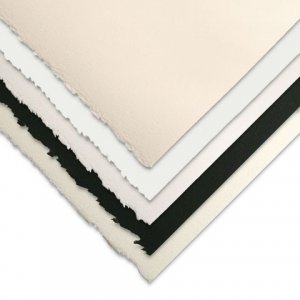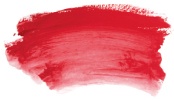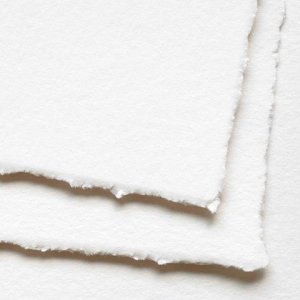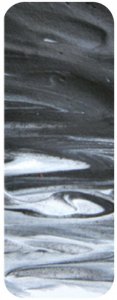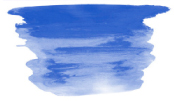Description
"There is evidence of yellow ochre being used by artists as much as 30,000 years ago, although the oldest paintings appear to be mostly red ochre. There is some evidence of red ochre being used as a pigment up to 60,000 years but no surviving paintings and controversial claims of ochre pigment usage up to 400,000 years in Zambia. Evidence from stone age cultures in places like the amazon and the mountains of New Guinea suggest that ochre is commonly used as a wet clay from riversides to decorate the body. In those cases it is mostly red, yellow, and white clays. This sort of artistic use of colour is not likely to leave any fossil evidence so it is impossible to know when human art began and whether or not yellow was used from the beginning. What we can be certain of is that until 5,000 years ago the only colours used were red, yellow, brown, and white ochres plus black soot from fires and that the earliest colours that we have direct evidence for are red and yellow ochre.
Ochre is often applied to all earth colours dug directly from the ground but in ancient times ochre was applied only to the yellow earths. The name ochre is derived from the ancient Greek word ochros which means yellow.
For thousands of years the colour has been used and it remains one of the most important colours on the artists palette. If an artist was forced to have only one yellow in the paintbox it would have to be the ochre because while it cannot be used to make bright colours like a Cadmium Yellow Medium, there are few of those sorts of colours in nature while there are many examples of an earthy yellow. It is very useful when painting human skin as well so figure artists need it as well as landscape artists.
The natural earth was the only source of this colour until the mid 19th century when synthetic iron oxides were developed and marketed under the generic name Mars colours partly because the first colour on the market was Venetian Red and Mars is associated with the colour red and partly because Mars was the god of iron. The black synthetic iron oxide was not developed until the 20th century but curiously this last of the Mars colours is the only one to have retained its original name. The colour that was called Mars yellow in the 19th century we now call Yellow Oxide. Yellow Oxide is superior to the natural yellow ochre for 2 reasons. Firstly the natural ochre is subject to considerable colour differences from source to source and even within a single mine there might be colour and transparency differences from year to year. This is because the natural ochre contains impurities as well as the yellow colour and the proportions vary. This makes it very difficult for a paint manufacturer to provide a consistent product. The second reason is also because of the impurities. The synthetic Yellow Oxide is noticeably a more pure yellow than the natural earth. Artists tend to prefer the more yellow oxide to the slightly browner natural ochre. Unfortunately some manufacturers use the old ochre name when the ingredients are actually the synthetic oxide which is confusing for all concerned. Matisse uses the correct ???oxide??? name for their Yellow Oxide since it contains the very pure yellow of the synthetic pigment.
One of the principal uses for Yellow Oxide is for figure painting. Mixtures of Yellow Oxide with Titanium White and Matisse Scarlet with create the salmony sorts of colours often found in skin colours. These colours along with Burnt Sienna and Raw Umber or Burnt Umber are very similar to the standard colours used by the old masters when painting skin colours.
Yellow Oxide is used for a wider range of colours in landscape painting. It is the principal colour used when making browns and earthy colours generally and also for mixing with blues to make natural looking greens. It can be lightened with Naples Yellow Light and this will make beautiful creamy colours. Mixed with a little Cadmium Yellow

